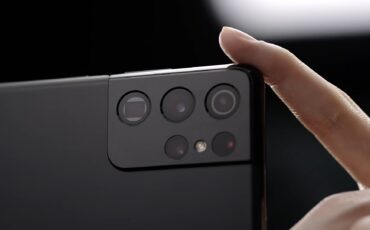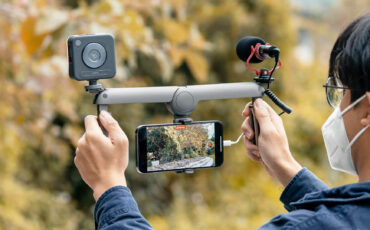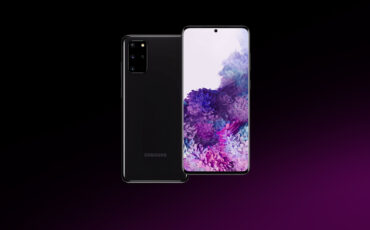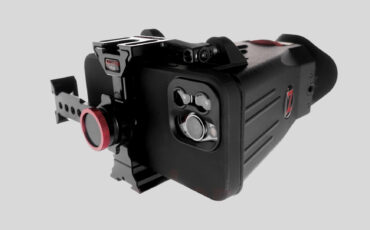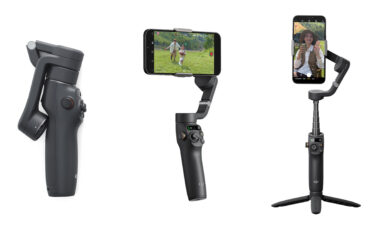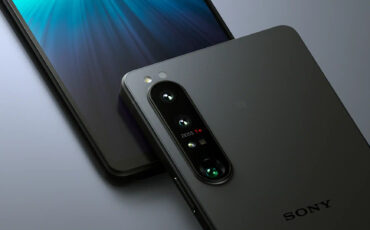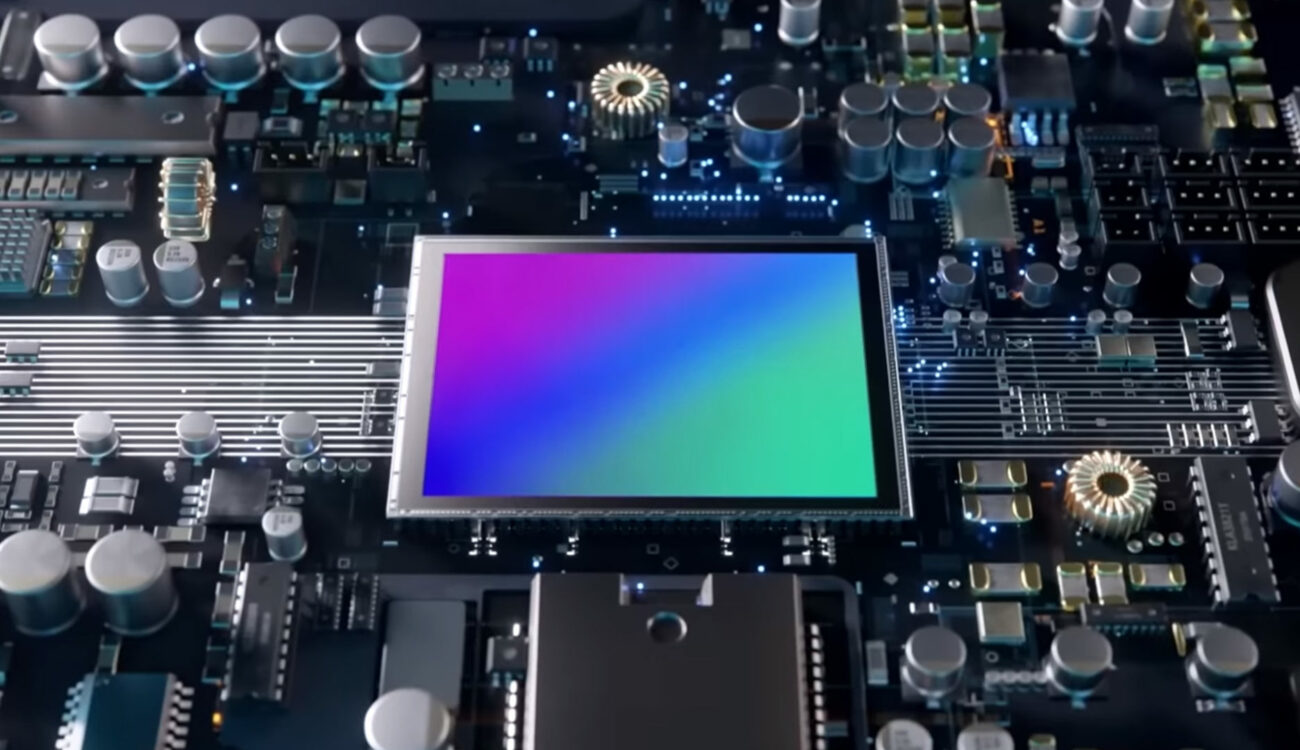
The Samsung 200MP ISOCELL HP2 image sensor for flagship smartphones features 0.6 μm pixels on a 1/1.3” surface. It also features 50MP and 12.5MP pixel-binned modes for low light, 8K30 video with less crop in the 50MP mode as well as HDR capture and better AF in low light. As the sensor already entered mass production, we might see it in one of the upcoming Galaxy S flagship smartphones.
The South Korean tech giant Samsung is getting ready to reveal the new flagship Galaxy S smartphone line. Recently, the company announced a new 200MP image sensor for smartphones that brings some interesting technology. Let’s take a short look at the new Samsung ISOCELL HP2 sensor!
Samsung 200MP ISOCELL HP2 image sensor
The new ISOCELL HP2 image sensor from Samsung features 200 million 0.6-micrometer (μm) pixels in a 1/1.3”-type optical format (sensor size). This is the same sensor size that Samsung already used in their previous 108MP main smartphone cameras.
One advantage Samsung mentions, when staying with the same sensor size, is that the camera bump on the smartphone will stay the same. That makes sense because moving to a 1″-type sensor would require a new larger lens to go with it. Therefore Samsung would either have to make more space in the phone body for the camera module or let it protrude further out and enlarge the camera bump.
Pixel-binning for more flexibility
Having such high resolution on such a tiny surface requires having very small physical pixels, which is generally not very good for higher ISO values and other cases. With smartphones and a high focus on the computational side of image capture, it is a bit different though.
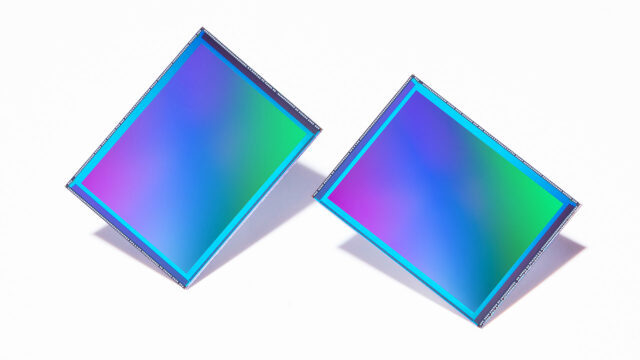
With this sensor, Samsung uses its pixel-binning technology called Tetra2pixel. It adds more versatility to the camera by simulating different pixel sizes to accommodate varying lighting levels, according to Samsung. When in low-lit environments, the sensor transforms in one of the two available pixel-binned modes:
- 50MP image sensor by binding four neighboring pixels (resulting in a 1.2μm pixel unit size)
- 12.5MP image sensor by binding 16 neighboring pixels (resulting in a 2.4μm pixel unit size)
8K video up to 30fps with less crop
The pixel-binning also helps with 8K video capture. Previously, there was a large crop when filming 8K with Samsung smartphones as the 8K recording modes used pixel-to-pixel capture. With the new ISOCELL HP2 sensor, the 8K video capture will be available up to 30 fps and will be done at approximately 33MP center area of the sensor, but from the binned 1.2μm 50MP mode. That will minimize cropping and capture a wider field of view.
Overexposure protection, AF, and HDR
Samsung further claims that washed-out pictures from brightly lit environments can be significantly reduced with the HP2, thanks to Samsung’s new Dual Vertical Transfer Gate (D-VTG) technology.
In a photodiode within each pixel, a voltage transfer gate is placed on the bottom to transport electrons from the pixels to the logic layer. With high precision, D-VTG adds a second transfer gate in the pixel, boosting the pixel’s full-well capacity by more than 33 percent. With more electrons stored and efficient signal transfers, this method can reduce overexposure and enhance color reproduction, especially in bright light conditions.
– Samsung on D-VTG technology
Additionally, the HP2 should improve autofocus in low-lit environments with a technology called QPD. This allows the sensor to use all its pixels for focusing agents. As Samsung puts it, the ample amount of focusing agents is grouped by four adjacent pixels to recognize both horizontal and vertical pattern changes for faster and more accurate AF.
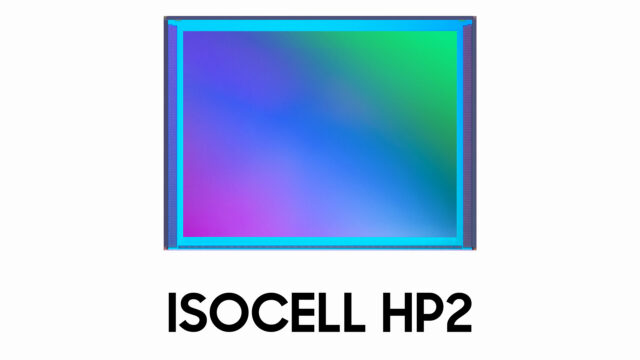
In terms of HDR capture, the 50MP binned mode will also feature Samsung’s DSG tech that applies two different conversion values to the analog signal received at the pixel level. In addition, the Smart-ISO Pro, an HDR solution that merges different levels of ISO readouts from a single exposure, allows the camera to take 12.5MP images and 4K 60fps video in HDR.
New Galaxy flagship phones with this 200MP sensor?
This announcement comes only about two weeks prior to the Samsung Galaxy Unpacked live event where the South Korean tech giant traditionally announces the new generation Galaxy S flagship smartphones. From the short teaser, we can clearly see the claim “epic nights are coming” and an array of three cameras one of which is presumably a periscope-style telephoto camera. This makes me assume that the new phones will focus on improving the telephoto camera(s) and low-light photography.
It is unclear whether we will see the new 200MP ISOCELL HP2 image sensor in one of this year’s flagship phones (the Galaxy S23 Ultra?) or whether Samsung will need more time to put it in a phone. According to Samsung, the ISOCELL HP2 sensor has entered mass production, so it might be possible that it will indeed be a part of one of the new 2023 flagships.
I have read speculations on the new Samsung flagship phones moving to 1-inch type sensors for the main camera, but with the new ISOCELL HP2 being a bit smaller 1/1.3-inch type, I don’t trust it yet, to be honest. What is your take on this? We will, of course, inform you as soon as the phones come out at the beginning of February 2023. So, make sure to stay tuned!
What do you think about the new Samsung 200MP image sensor? Do you believe high-res sensors with pixel-binning modes are the future for mobile image capture? Let us know your thoughts in the comments section below.
